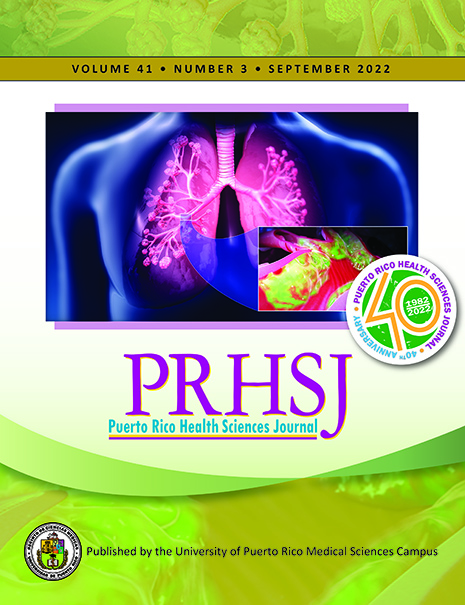Abstract
The congenital absence of major salivary glands, particularly the submandibular gland, is a rare condition. Although the etiology of aplasia is unknown, it is thought to occur owing to defects that emerge during early fetal development. Agenesis of 1 or more of the major salivary glands may occur alone or in association with other congenital anomalies. Very few cases of bilateral submandibular gland aplasia have been reported in the literature. Patients with this condition can be either symptomatic or asymptomatic. Due to the probability of there being additional anomalies, patients and their families should be carefully evaluated. We present the ultrasound and computed tomography findings for a case of bilateral submandibular gland aplasia that was detected incidentally. A review of the literature on major salivary gland aplasia was also conducted.
Authors who publish with this journal agree to the following terms:
a. Authors retain copyright and grant the journal right of first publication with the work simultaneously licensed under a Creative Commons Attribution License that allows others to share the work with an acknowledgement of the work's authorship and initial publication in this journal.
b. Authors are able to enter into separate, additional contractual arrangements for the non-exclusive distribution of the journal's published version of the work (e.g., post it to an institutional repository or publish it in a book), with an acknowledgement of its initial publication in this journal.
c. Authors are permitted and encouraged to post their work online (e.g., in institutional repositories or on their website) prior to and during the submission process, as it can lead to productive exchanges, as well as earlier and greater citation of published work (See The Effect of Open Access).
